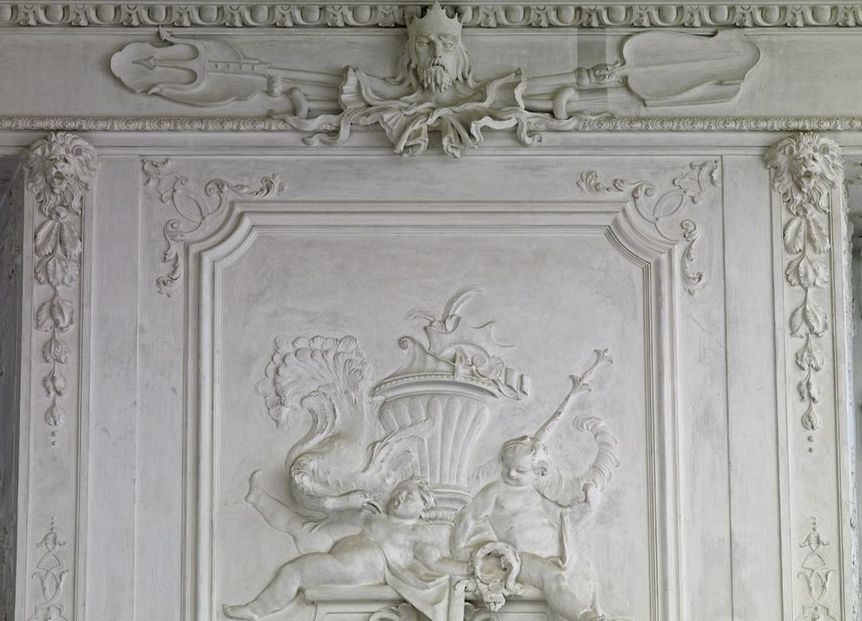A magnificent ascent to the main storyThe staircasewith an antechamber
The staircase is an independent, large part of the building and is in front of the central palace building. The monumental double stairs lead from the entrance hall into the antesala, the light-flooded antechamber of the main story. The magnificent fresco and stucco decorations are still impressive today.



![[Translate to Englisch:] [Translate to Englisch:]](/fileadmin/_processed_/8/0/csm_26_mannheim_innen_treppenhaus_foto-ssg-marco-vedana_1800_cbce4dab69.jpg)


